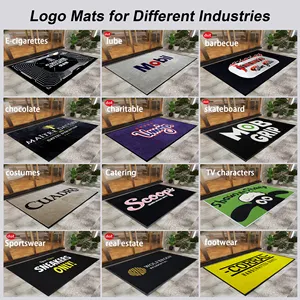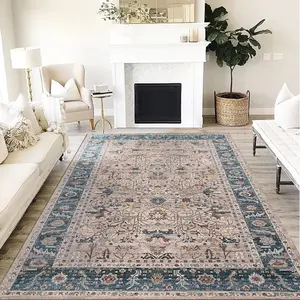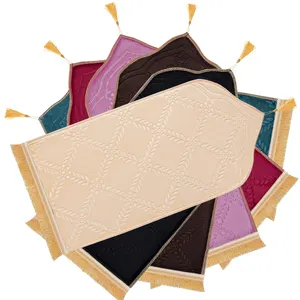Vacuuming your Turkish rug a couple of times a week prevents dirt and debris from embedding into the fibers. Carefully vacuum the backside with a beater brush, but for long fibers or fringes, avoid using the beater brush to prevent damage.
Spot cleaning is essential for accidental spills. Use gentle solutions like white vinegar, especially effective for organic stains like pet urine, as it neutralizes uric acid.
Avoid harsh chemicals that can disrupt the natural pH of materials like silk and wool. Similarly, refrain from using hot water, steam cleaners, or washing machines, as these can harm the rug's fibers. Instead, use room temperature or cold water for spot cleaning.
For overall cleaning, a sponge can be used gently across the rug. If the rug requires a thorough clean, doing so every six months to a year is advisable, depending on foot traffic and pet presence.
Moisture can be detrimental to Turkish rugs, so ensure they are thoroughly dried after cleaning. Rotating your rugs regularly can distribute wear evenly, and using padding underneath can provide additional protection. Be cautious with furniture placement to avoid impressions or damage to the rug.
Professional cleaning is recommended every couple of years to maintain the rug's condition. However, ensure the cleaner has experience with Turkish rugs. Lastly, shaking out your rugs outside seasonally helps to remove dust and maintain their beauty.












































 浙公网安备 33010002000092号
浙公网安备 33010002000092号 浙B2-20120091-4
浙B2-20120091-4